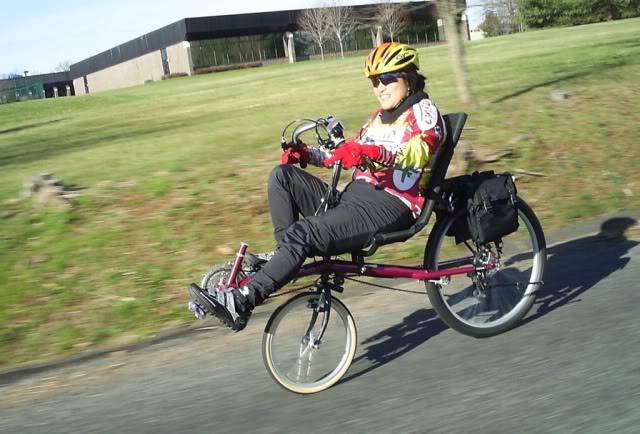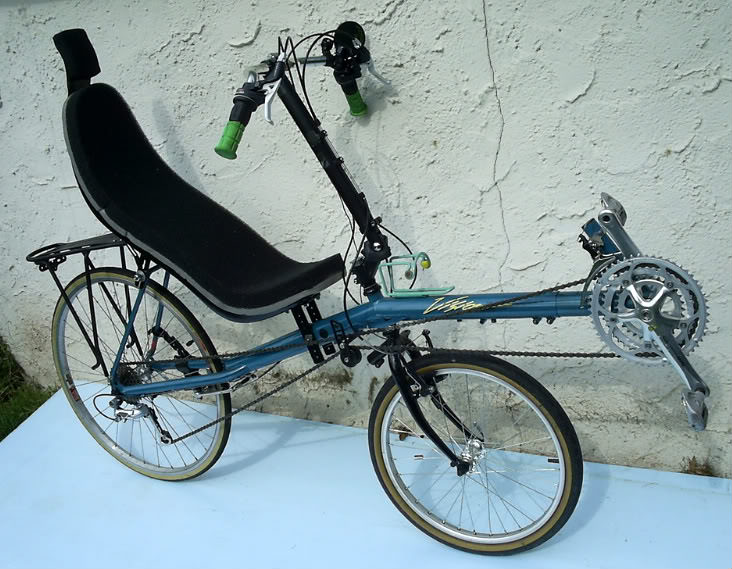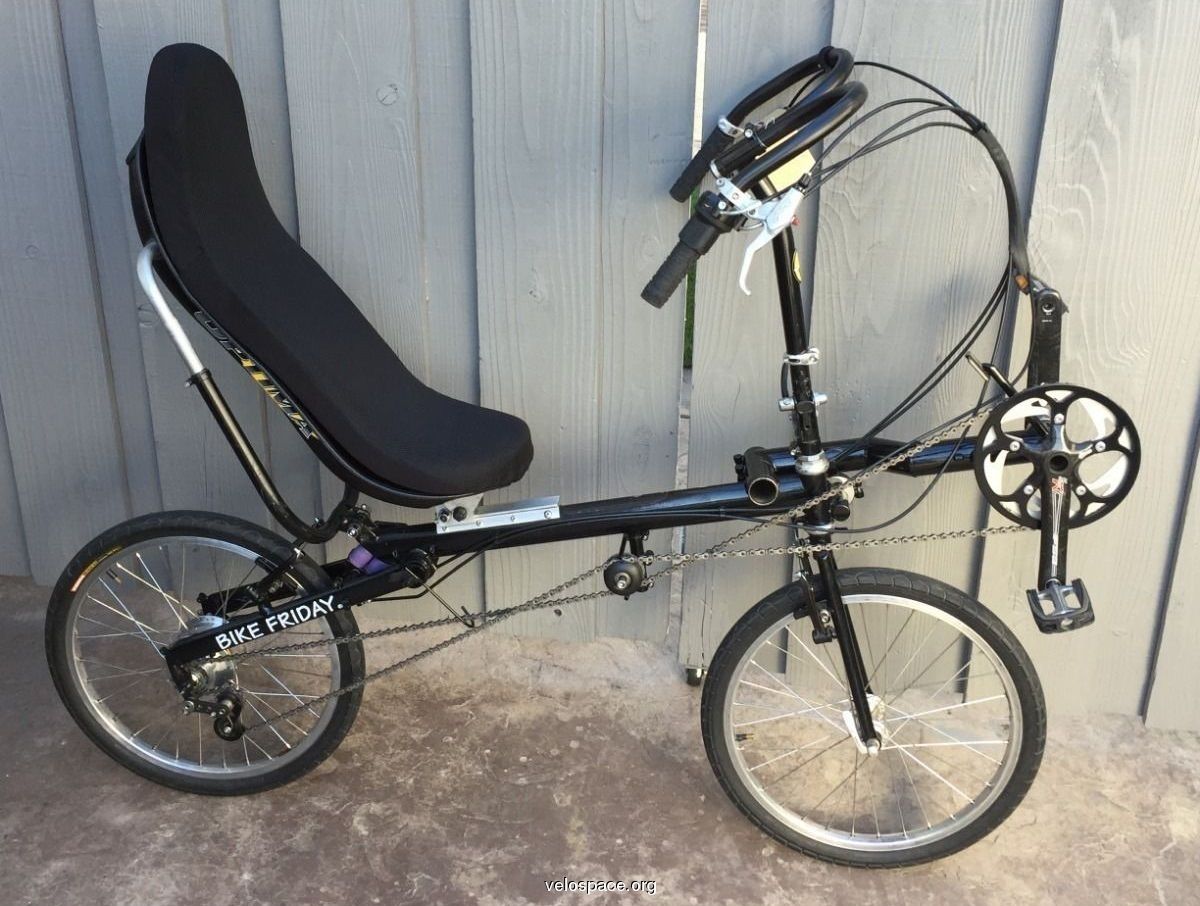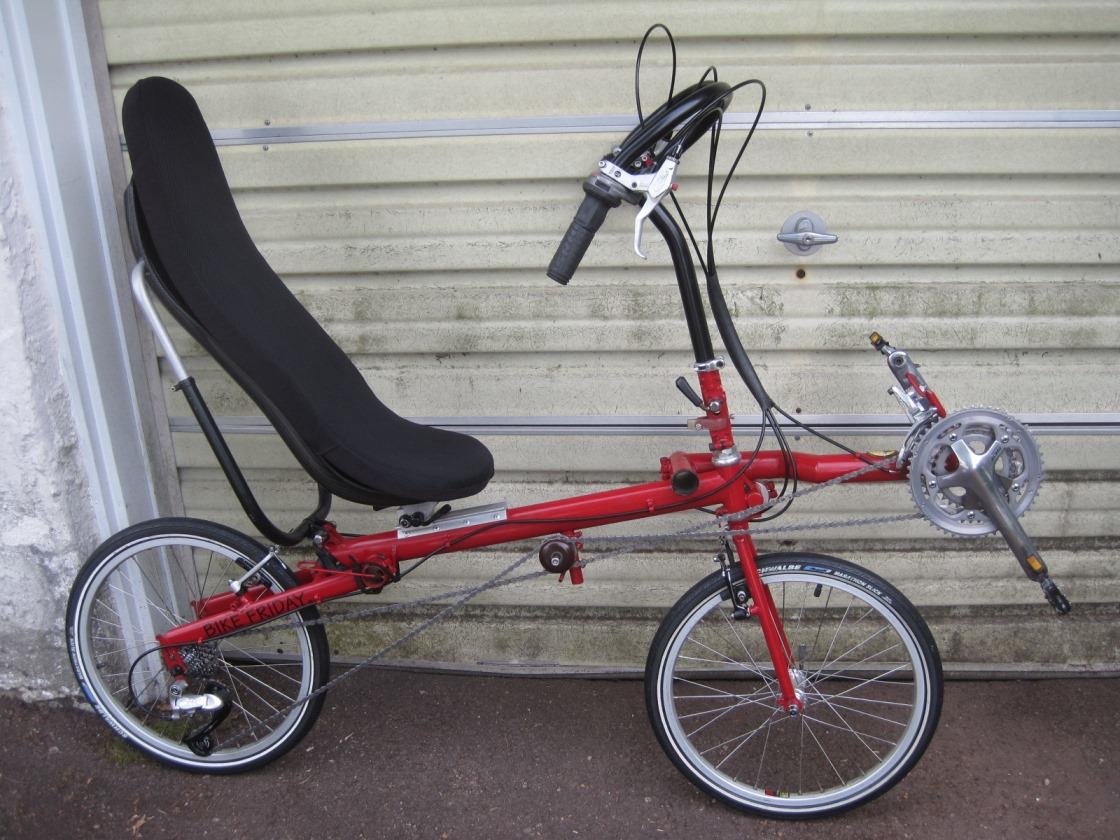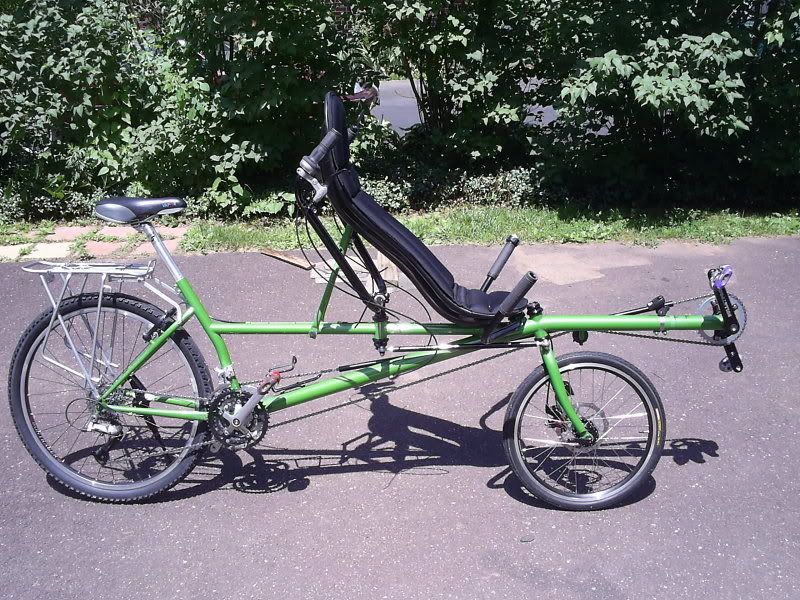Wife & I have been riding recumbents since 2003, after returning to cycling from an injury.
I started with a $400 recumbent that was found on local Craigslist.
In 2004, I found two SWB, USS Vison R40 recumbents on separate Craigslist ads, under $500 each.
It took me about 500 miles on a recumbent to develop my recumbent legs, specific group of muscles that allows me to pedal smoothly, be more efficient on climbs.
For any ride that's longer than 2 hours of saddle time, I prefer riding a recumbent over an upright, diamond framed bicycle.
Recumbents are just more comfortable and when you finish the ride there are far less aches & sores.
Diamond framed bicycles outnumber recumbent probably ten million to one worldwide, for that reason the bicycle manufacturers don't like to mass produce them.
Once a production run is over, factories don't usually retool for something that doesn't take off in the market.
Shipping cost for odd sized recumbent boxes are also costly to manufacturers.
More than likely, when major bicycle manufacturers (TREK & Cannondale) try their hands in recumbent, they usually lose money in every single one they sold.
When bike production require intensive labor & tooling; even if you have the means to produce the (recumbent) bikes, but profit is still not there when compared to regular bicycles.
Hence the low availability of recumbents in the market.
Wife & I enjoy our Vision R40 so much, I converted them from USS to OSS, take up less storage room and more intuitive steering.
Back in 2008, I found two Bike Friday SatRDay recumbents at about 1/2 of their original cost.
They each fold down and pack into their own suitcase.
The suit cases actually convert into trailers that gets pulled behind the recumbents.
We took these recumbents with us while traveling overseas.
Over the years wife & I have gone to recumbent rallies, HPV speed record attempts in Death Valley.
We've sampled many different types of recumbent bikes & trikes.
We even got ourselves a semi-recumbent tandem in 2008.
Wife & I still ride our Vision R40 recumbents about 400-500 miles a year, mostly on longer (60+ mile) rides.
It's a great feeling about a long ride, you get off your recumbent and still be able to function, drink & party; while riders on upright bikes seem more tired.
Bike Friday recumbent don't get ridden as much since COVID, we have not felt the need to travel overseas with our recumbents.
I have not felt the need to convert a recumbent into a ebike, but I think I will just wait a few years for better tech to come out.
If you have questions about recumbents, let me know if I can be at any help.
